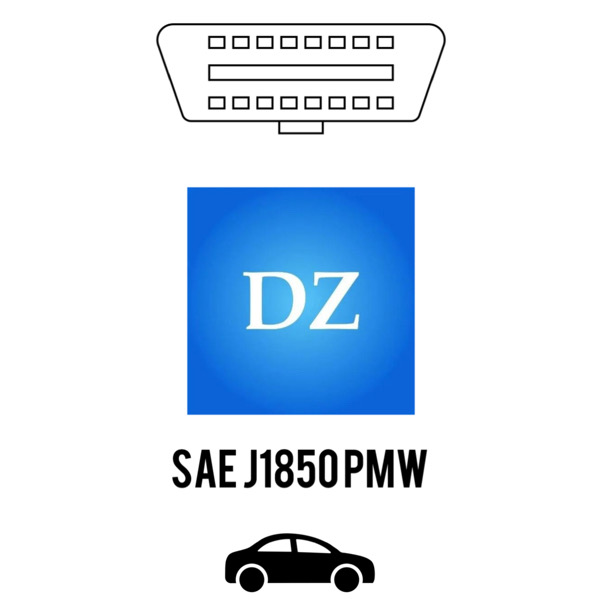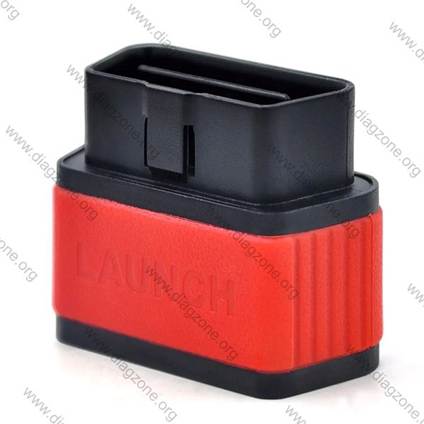SAE J1850 PWM: The Foundation of Communication in Older Vehicles

SAE J1850 PWM (Pulse Width Modulation) is one of the early standards for communication in OBD-II systems. This protocol was developed by SAE (Society of Automotive Engineers) with the goal of enabling fast and reliable data exchange between electronic modules within vehicles.
How Does SAE J1850 PWM Work?
The protocol uses pulse width modulation (PWM) to transmit digital signals between electronic control units (ECUs). The communication speed is 41.6 kb/s, which at the time was sufficient for diagnostic functions and basic data exchange regarding the engine, emissions, and safety systems.
Launch OBD-II adapters that support the protocol:
DBScar I, DBScar II, DBScar III, DBScar IV, DBScar V, DBScar VII
ThinkDiag devices that support the protocol:
ThinkDiag, ThinkDiag 2
Ediag devices that support the protocol:
Ediag YA-101, Ediag YA-201, Ediag Plus, Ediag Elite

Vehicle types and brands supported by the protocol:
Passenger vehicles from American manufacturers, primarily Ford, Lincoln, Mercury; models from 1996–2004.
Advantages of the SAE J1850 PWM Protocol
- Reliable and stable data transmission in vehicles with multiple ECUs
- Simple implementation and good resistance to electromagnetic interference
- Standardized for OBD-II, allowing basic diagnostics without specialized software
- Useful for education and testing, as it clearly illustrates the logic of older communication protocols
Disadvantages and Limitations
- Limited transmission speed compared to modern CAN systems
- Does not support advanced functions such as real-time data streaming
- Obsolete standard, replaced by protocols like ISO 15765 (CAN) and ISO 9141-2
- Lower availability of compatible vehicles and modules in newer models
Where is SAE J1850 PWM Used?
This protocol is used in OBD-II communication for reading and clearing DTC codes, monitoring sensor values, and tracking engine operation. It is most commonly applied in older vehicle models that still use traditional electronic control modules connected via the PWM system.
Conclusion
SAE J1850 PWM still plays an important role in automotive diagnostics, particularly for older vehicles. While modern protocols gradually replace it, understanding SAE J1850 PWM is essential for any diagnostician who wants to work effectively with the full range of OBD-II systems.

